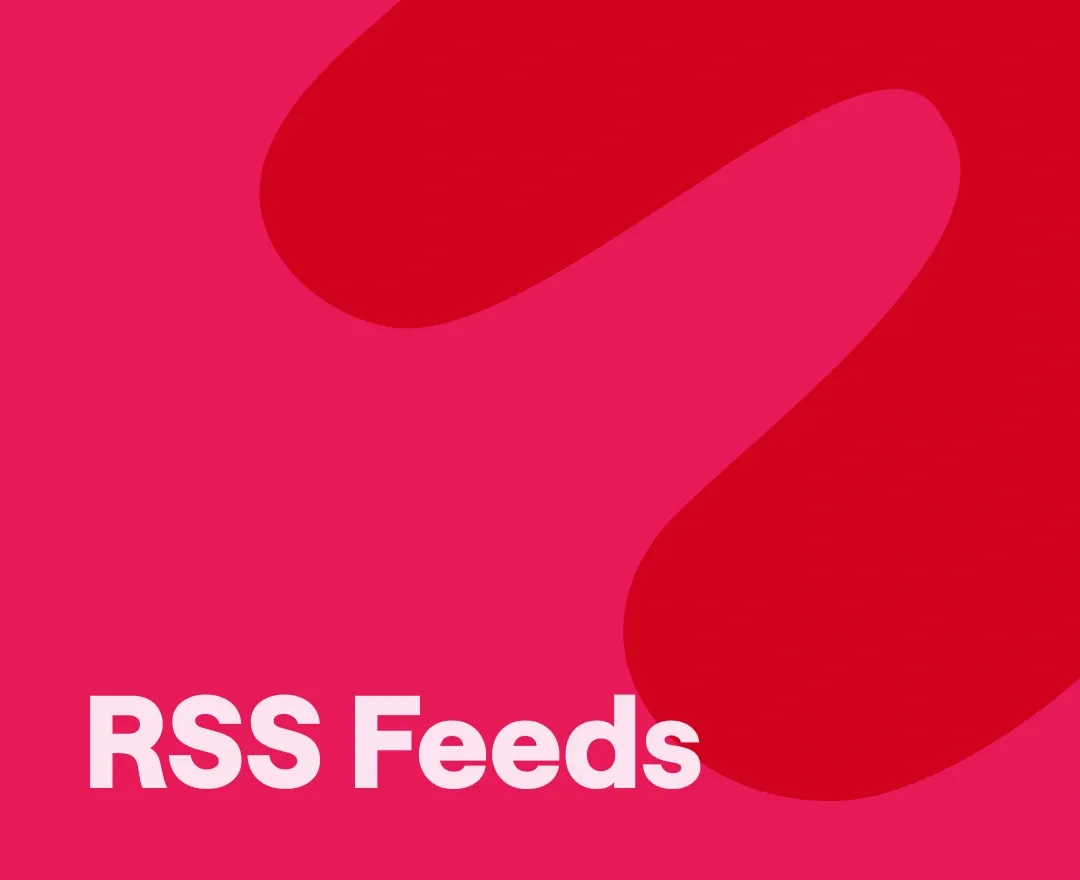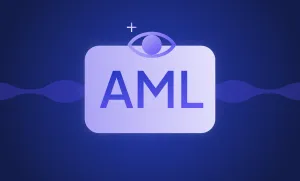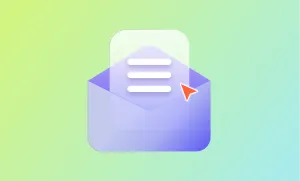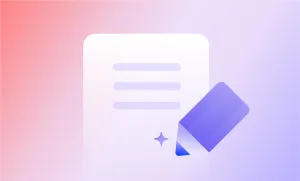Whether you are creating your podcasts for fun or business purposes, the primary goal is to get listeners’ attention and turn them into loyal audiences. You probably already know that to succeed with that goal, you need to regularly provide your audience with new episodes and make sure they see the updates. Creating the content is the fun part that podcasters do with pleasure. However, ensuring that followers see updates on new episodes demands a lot of work.
One way to solve that issue is to enter an RSS feed.
There is so much new content appearing online every day that users couldn’t even digest it all if they wanted to. There are different ways that podcasters can keep the audience updated, and one of them is the RSS feed.
Although, RSS is an old-school technology it can still be an excellent tool for checking what you want online.
What is an RSS feed?
RSS, which stands for Really Simple Syndication, is a simple XML text file created with web publishers and includes various articles and other types of published content. Syndication refers to the process of reaching many people with your online content. Because RSS feeds create and update content in real-time, the subscribers see the newly published ones first. It is helpful for news pages and podcasts that are regularly updated.
How to Create an RSS Feed on Podcastle
The good news is you can now create an RSS feed automatically when you host your show on Podcastle AI!
1) Sign up for a Podcastle AI account (you can use your email address or sign in with Google, Apple or Facebook accounts).
2) Enter the platform and select 'My Shows' from the menu on the left. Then create a show by going through the relevant steps.

3) Once your show is created, click on the three dots in the corner of the show and select 'settings'.

4) Scroll down to the 'Streaming' section and you'll see your RSS link has automatically been created!

5) You can then submit your RSS feed to Apple Podcasts, Spotify and other platforms just by copying and pasting.
6) Whenever you record or upload new podcast episodes to Podcastle, they can automatically be shared through your RSS feed.
How to Create an RSS Feed on RSS.com
The best part is that the creation of podcast-only RSS feeds is not at all complicated and can be done within minutes.
It takes four steps to build your new RSS feed on RSS.com.
Step 1. Create an RSS Podcasting account. An exclusive podcast RSS account and the first podcast are entirely free. You can join the international community of podcasters on RSS official website.
Step 2. Then you receive an email confirmation. After you successfully verify your email address, you can start the new podcast creation by clicking the New podcast” button.
Step 3. When you start creating your new podcast, you need to add podcast details such as title, description, public website, and RSS feed address. You need to confirm that the podcast includes only explicit content. Then select the language and press “Next.”
Step 4. Then you have to feel the author’s details, choose up to three podcast categories, add a cover for the podcast, and select “Save and finish” to generate it.
Step 5. To conclude this easy and quick process, press the “RSS Feed” to copy and paste your podcast’s RSS Feed.
Why Do You Need a Podcast RSS Feed?
Your listeners who subscribe to your podcast RSS feed will get timely updates in their feeds. So, they will simply click on the latest podcast from the summary list.
When so much is readily available on the Internet, listeners have higher expectations for timely and fresh updates from their favorite podcasts. Many do not want to miss a thing. Although your die-hard fans will regularly check your channel to make sure they have not missed any show, many others will not dedicate that much time and effort. There is endless content on the Internet, so many are already busy consuming that.
Because everyone wants to get that seamless and effortless experience, it is your task as a podcast creator to make sure that your show is easy to find, not to risk losing many potential listeners.
In short, creating a podcast RSS feed is essential to keep your listeners subscribed and easily updated.
Podcasters with coding skills can use XML to mention channels, names, add links, and create their RSS feed. Each episode must add information on a new item to make sure that it appears on the listeners’ feeds if they subscribe to your RSS feed in Apple Podcasts, Spotify, and other podcast directories.
If you do not know how to code, you can use an RSS feed builder described above.
How to verify if your RSS feed is working?
Although RSS feeds are easy to create, some sites will face difficulties with reading the code. As a result, your feed will not appear in searches and cause you to lose listeners.
The issue is that there can be errors you won’t even know. Especially when you do not see where the error is fixing it becomes a challenge.
To make sure that your RSS feed is valid and works smoothly, you can use the help of RSS feed validators. By testing your feed, they mark the errors in case if available. As a result, you can fix mistakes on time and keep on providing content to your audience.
There are many free validators available to check your RSS feed and make sure that it is errorless and available to your listeners. One of the most popular and easily usable ones is the W3C online validator.
You can check if your feed is valid by simply pasting the feed URL to the address field and clicking “check.” If any errors are identified, it will show the message that the feed does not validate and highlight the errors for you to fix.

How much does an RSS feed cost?
It technically doesn't cost anything to create an RSS feed, but you will need somehwere to host your podcasts. Podcastle offers hosting as part of its free and paid plans. Other hosting providers typically offer plans costing between $5 and $25 a month.
Conclusion
As you create your podcasts, you want to engage listeners and make sure they are coming back. With the high competitiveness of the market, podcasters use various tools to engage the audience, starting from social media and SEO to offline advertising, etc.
However, it is really important to create an old but gold RSS feed to get discovered by a larger audience.








